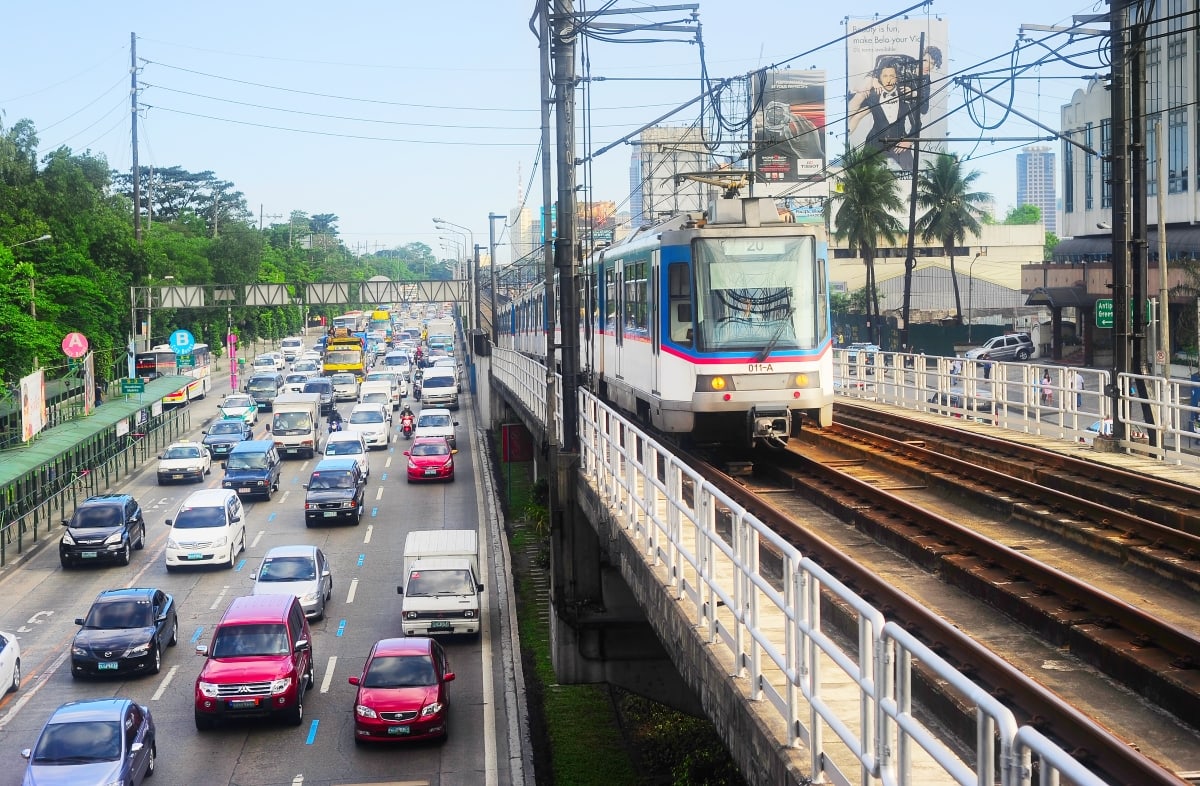The most ambitious Philippines infrastructure project of the Duterte administration is on its way. In late February, the construction of the Philippines’ first subway line in Manila began. It is supposed to solve the traffic jam problem in the capital. The role model is Tokyo’s underground network system and Japan is supporting the project with loans and expertise.
The subway system is targeted to be fully operational by 2025. The underground line will stretch over 36 kilometres from Quezon City, a residential town in North Manila, to the Manila Ninoy Aquino International Airport in the South. In total, the $22.4bn subway project covers seven cities and 15 stations. The system is expected to transport 370,000 passengers on a daily basis in the first year. Furthermore, the subway system will also be linked with two existing light rail lines to create an integrated railway network in Manila.
Secretary of the Philippines Department of Transportation Arthur Tugade said that the plan of building the subway has existed for over 40 years. However, it often met financial challenges as well as critics.

Investment from Japan for Philippines Infrastructure
Backup for the ambitious project is coming from Japan. The Japan International Cooperation Agency (JICA) brings $936mn in loans to the first phase of the project, covering the construction of three stations in the northern part of Manila.
Development and construction are also supported by three Japanese companies (Fujita, Shimizu and Takenaka Civil Engineering & Construction), in co-operation with a company form the Philippines. Furthermore, the operator of Tokyo’s underground network Tokyo Metro will train Manila’s subway personnel.
Additionally, Japanese company Sumitomo Mitsui Construction is currently developed the Manila North-South commuter railway project. Also targeted to be fully operational by 2025, the Japanese government agreed to provide $1.53bn loan for the project.
Japan is furthermore supporting the Philippines in a project to prevent flood damage in the metropolitan region of Manila with a $340mn loan. The project includes implementing river channel improvement works, control gates as well as other structures on the Pasig-Marikina River. Especially during heavy rainfall, the river is at risk of flooding.
The Philippine Infrastructure Transformation under Duterte
Traffic congestion is a big problem for Manila. The JICA estimates that the traffic situation in the Philippines capital costs more than $66mn every day and the number is expected to rise to $102mn by 2035 if no countermeasures are taken.
The Duterte administration is committed to transform infrastructure in the Philippines. The so-called “Build Build Build” campaign is expected to cost $180bn within the next decade. The Metro Manila Subway Project is the most expensive within the Build, Build, Build infrastructure programme so far. The campaign aims to develop 75 projects, including six airports, nine railways, 32 roads and bridges and four seaports. As the major problem in developing the Philippines infrastructure is financing, President Duterte decided to seek investment from foreign countries. So far, Japan and also China have been involved in various infrastructure projects.
In the long run, the transformation is projected to improve the Philippines’ economy. The Manila Subway project is expected to generate at least 5,000 jobs during construction and 2,000 once it begins operations.










 Australia
Australia China
China India
India Indonesia
Indonesia Japan
Japan Malaysia
Malaysia Philippines
Philippines Singapore
Singapore South Korea
South Korea Taiwan
Taiwan Thailand
Thailand Vietnam
Vietnam Germany
Germany Hong Kong
Hong Kong USA
USA Switzerland
Switzerland Singapore
Singapore
 United Kingdom
United Kingdom







